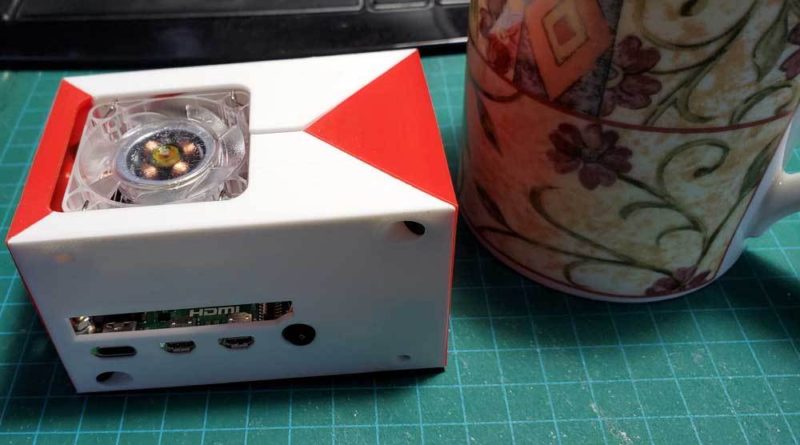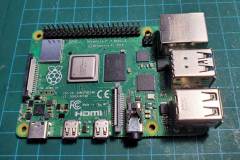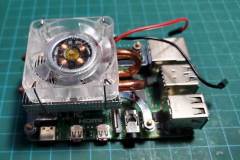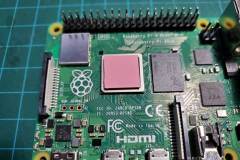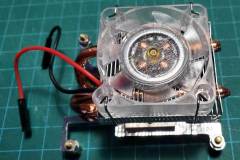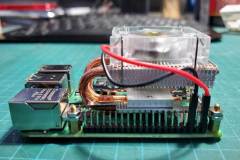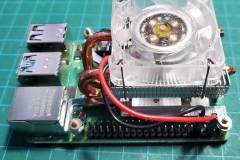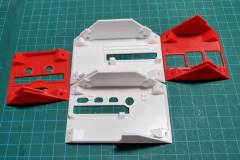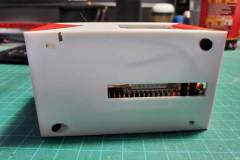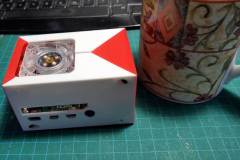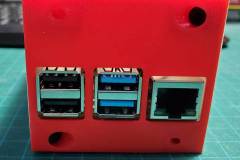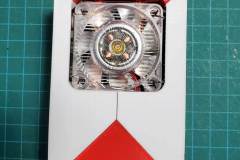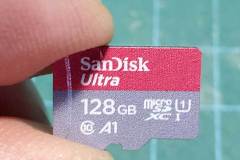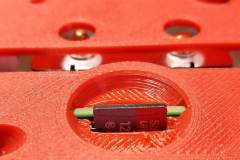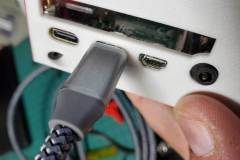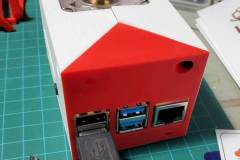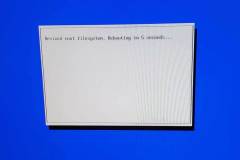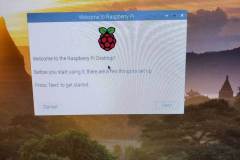Build a Desktop Computer for $205 CAD
What? $205? Canadian? Yep. You read that right. This little computer called the Raspberry Pi, can do anything that Windows or Mac can do for a measly $200 AND it runs Linux. So for anyone that doesn’t know, Linux is an open-source variation of UNIX, which was created by Bell Labs back in the 60s. Linux is generally considered to be more secure and safer than Windows or Mac OS, but it can still get a virus. It’s just not as likely to for a couple of reasons.
- There aren’t a lot of users out there so a hacker has less of an incentive to hack a linux box, and
- The open-source community is actively ensuring that it’s safe
But, the reality is, any, ANY device that requires programming, can be susceptible to a virus. Even your car.
In this Pi, I loaded the Raspian version of Unix, which is a distribution of Linux called Debian, which, for fun, stands for Deb and Ian, who created it. There are various “distro’s” available, the one most folks know is Red Hat. Another is Ubuntu. Changing OS is as simple as pulling the microSD card, and loading a different distribution on it and plugging it in. Beware though, you’ll lose any files if you don’t back them up to your network first.
I originally built it to stream video to the kitchen TV and while it can, it is a really sloooooow interface. Too slow for my taste. But, for anyone that just want’s to do banking online, or surf, or read and write emails, this will keep up to any desktop out there while keeping your safer that Windows, Mac or Android.
The Raspberry Pi runs comes with built-in bluetooth, WiFi and can run two… that’s T-W-O!!! monitors at 4K resolution! It has 2 USB 2 ports; 2 USB 3 ports (faster than two and backward compatible with 2); and an ethernet port.
It can be powered from either a USB-C cable (like what you use to charge your cell-phone), or any universal adapter that will provide 5V. This thing really doesn’t draw any power at all!
I bought the ICE fan for it because I’d read of some heat issues, but they seem to have been addressed with firmware updates. But, since I had it, no point in letting it go to waste.
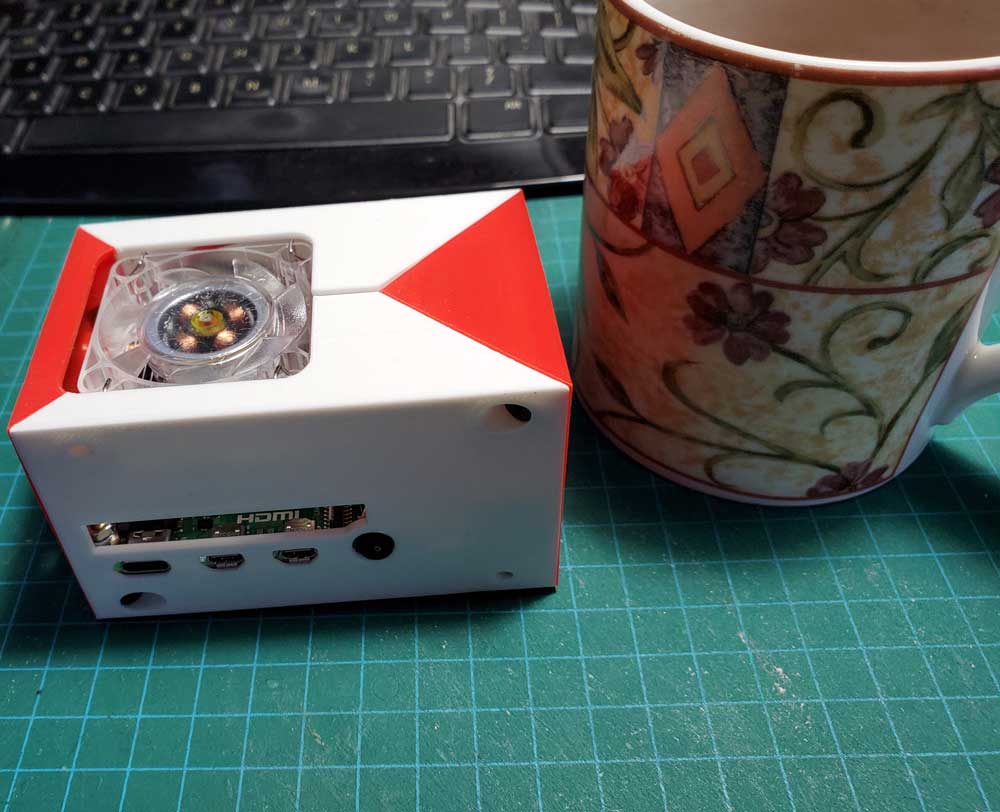
I found a case that I liked on Thingiverse.com and 3D printed it and just take a look at the finished size! That’s my coffee mug beside it for scale. It actually fits in my mug!
If you’re planning on plugging it into a monitor or TV like me, than you’ll need a microHDMI to HDMI cable and a DVD-D to HDMI adapter for your monitor. No adapter is required for your TV provided you have an open HDMI port.
So, with the microSD card inserted, the keyboard and mouse plugged in, the Pi connected to your monitor, plug in the power and watch the magic work. I say watch because this thing is about as noisy as your cell phone on silent. The fan came with directions that if it was too noisy, you could plug the power lead into a 3.3V pin instead of the 5V pin to reduce sound. Honestly, I couldn’t hear a thing when I plugged it into the 5V pin.
You won’t see much for a couple of minutes… it’s loading it’s operating system for the first time, so be patient. There’s nothing on the screen, which is a shame, but after a few minutes you’ll get the notification that it’s resized the rootfile system and is rebooting.
Rebooting is actually a misnomer I discovered. It shuts down the OS but the Pi continues running. You can tell from the flashing and blinking lights. You physically need to remove the power and plug it in again to “reboot” it. After that, you’re asked a few questions, asked to change a password and you’re good to go. This thing powers up in seconds and is very responsive. I highly recommend it to anyone looking for a little computer to surf the net and write/read emails.
So, total cost:
- $124 Raspberry Pi 4 with 8Gb RAM (don’t scrimp on RAM)
- $10 DVD-D to HDMI adaptor for monitor
- $30 ICE Cooling Fan
- $16 microHDMI to HDMI cable
- $25 microSD card (for OS and file storage)
Total cost: $205!
Here’s a gallery to give you a visual idea of the process. Enjoy!

